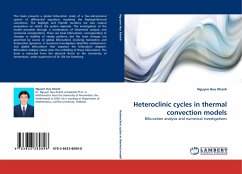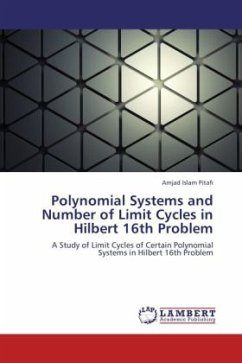
Hamiltonian Cycles and the Space of Discounted Occupational Measures
Investigating Hamiltonian Cycles through Extreme Points of Certain Polytopes by Random Walks
Versandkostenfrei!
Versandfertig in 6-10 Tagen
45,99 €
inkl. MwSt.

PAYBACK Punkte
23 °P sammeln!
In 2000, a new polytope defined by the Discounted Occupational Measures (DOM) was developed for the Hamiltonian Cycle Problem (HCP). In this monograph, we exploit geometric properties of extreme points of that polytope. In particular, we refine the feasible region induced by that polytope into a narrower one. We show that the problem of finding a Hamiltonian cycle in a given graph is equivalent to the problem of finding a common extreme point of two especially constructed polytopes. Correspondingly, we develop new optimization models, as well as, random walk algorithms, to solve HCP. In additi...
In 2000, a new polytope defined by the Discounted Occupational Measures (DOM) was developed for the Hamiltonian Cycle Problem (HCP). In this monograph, we exploit geometric properties of extreme points of that polytope. In particular, we refine the feasible region induced by that polytope into a narrower one. We show that the problem of finding a Hamiltonian cycle in a given graph is equivalent to the problem of finding a common extreme point of two especially constructed polytopes. Correspondingly, we develop new optimization models, as well as, random walk algorithms, to solve HCP. In addition, we develop a new hybrid algorithm for the HCP by synthesising DOM and the Cross Entropy method. Finally, we present algebraic properties of the class of stochastic matrices induced by a Hamiltonian cycle. These theoretical results are used to develop a new polytope containing all possible Hamiltonian solutions corresponding to a given graph.












